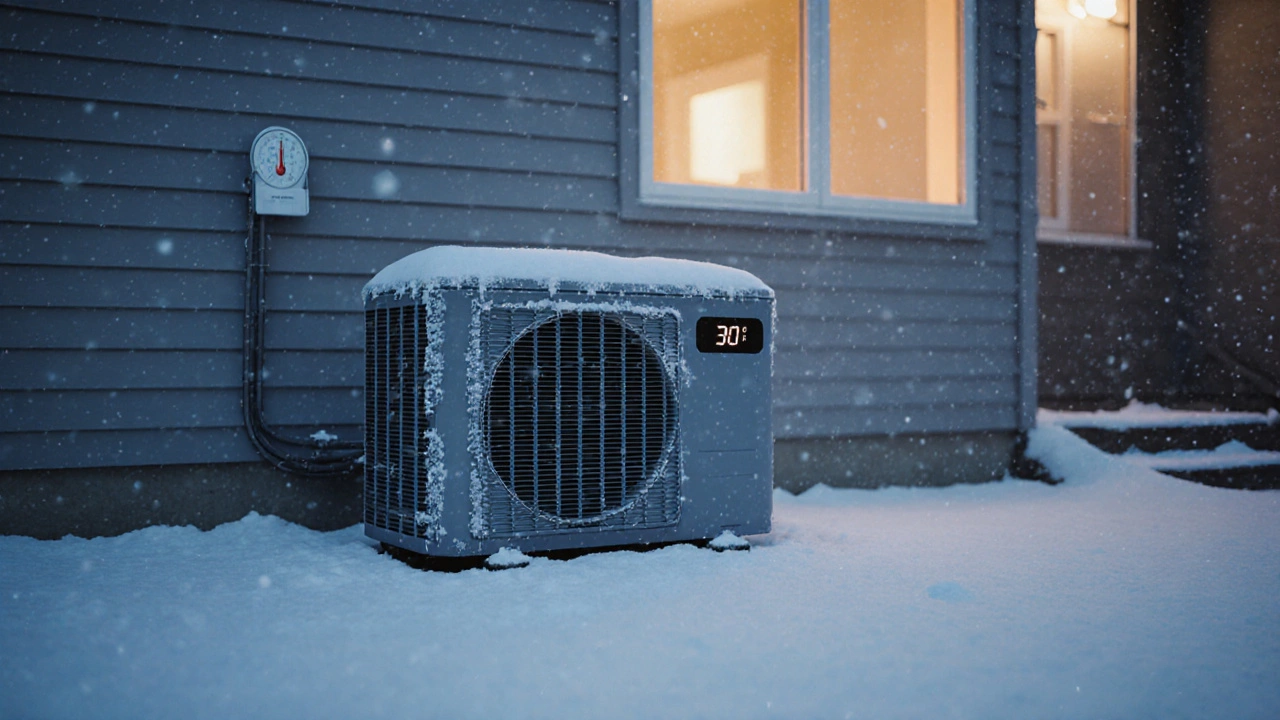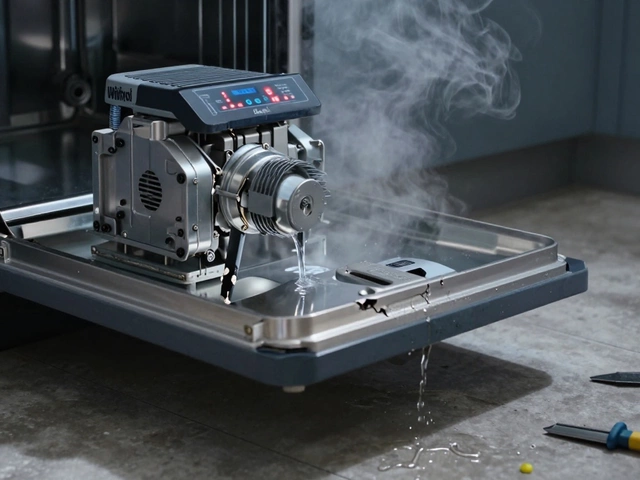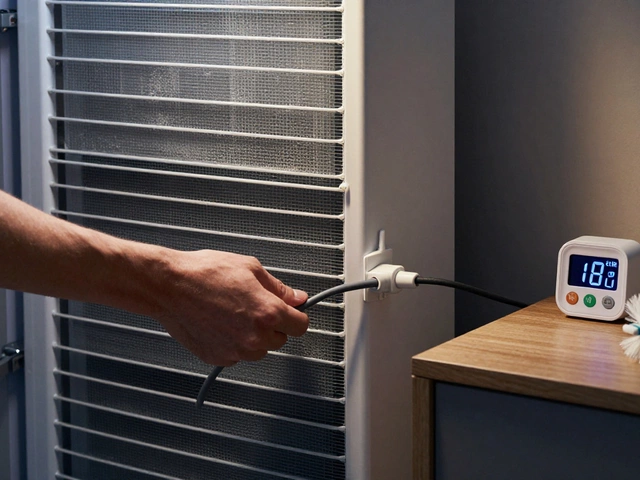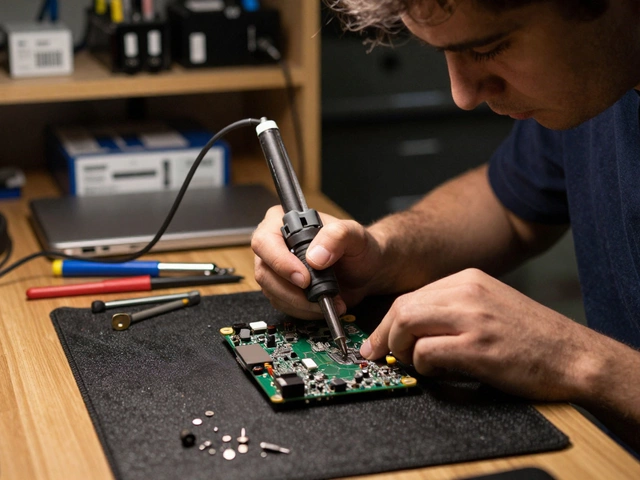COP (Coefficient of Performance) – Your Shortcut to Efficient Heating and Cooling
When you hear the term COP, a ratio that shows how much heat or cooling you get out for each unit of energy you put in. Also known as Coefficient of Performance, it’s the benchmark most pros use to compare the efficiency of heating and cooling gear.
Think of COP as the fuel‑efficiency gauge for appliances that move heat around. A higher number means you’re squeezing more warmth out of the same electricity or gas, which translates to lower bills and a greener footprint. That’s why anyone dealing with a heat pump, a device that extracts heat from outside air or ground and pushes it indoors or a boiler, a closed‑system heater that warms water for radiators and taps should keep an eye on the COP rating.
Why COP matters for everyday appliances
Most homeowners don’t realize that COP isn’t just a number on a spec sheet. It directly influences how often you’ll call a repair service, how long a part will last, and whether a DIY fix makes sense. For example, a heat pump with a COP of 4.0 produces four units of heat for every unit of electricity—a solid win for winter comfort. If that same pump drops to a COP of 2.5 because the outdoor coil is iced over, you’ll see higher energy use and possibly a short‑circuit in the motor. Spotting that dip early can save you a pricey service call.
Same idea with boilers. Modern condensing boilers often tout COP‑like figures (sometimes called seasonal efficiency) above 90 %. When a boiler’s heat exchange gets clogged with limescale, the effective COP falls, and you’ll notice longer heating cycles and louder operation. A quick descaling routine can bring the efficiency back up and keep the system humming.
Water heaters, too, have a version of COP. Electric models show a straightforward 1:1 ratio, but tankless and hybrid units can exceed that by recycling heat. When a heating element corodes or a thermostat misfires, the COP drops, and you’re left with lukewarm showers. A simple thermostat check or element replacement often restores the original performance.
All three appliances—heat pumps, boilers, and water heaters—share a common theme: maintenance directly affects their COP. That’s why our collection of guides covers everything from “How to Spot a Heat Pump Malfunction” to “Boiler Maintenance Checklist” and “Essential Water Heater Maintenance Guide.” Each article explains the specific steps that keep the COP high, helping you avoid unexpected breakdowns.
Beyond the three big players, other household fans and extractor motors also benefit from a good COP mindset. An extractor fan that runs inefficiently draws extra power, raising your electricity bill and putting extra strain on the motor. Our “How Long Does It Take to Fix an Extractor Fan?” and “Do Plumbers Install Extractor Fans?” posts walk you through diagnosing performance loss, which is essentially the same as watching a COP dip.
Putting it all together, the relationship looks like this: COP encompasses heat pump efficiency, boiler performance, and water heater output. Maintaining each unit requires regular checks of filters, seals, and thermostats. Higher COP leads to lower energy costs and fewer emergency repairs. These connections form the backbone of the advice you’ll find in the articles below.
Ready to dive deeper? Below you’ll discover step‑by‑step troubleshooting for hot water hiccups, quick fixes for a fridge that won’t power up, and clear timelines for boiler replacements. Whether you’re a DIY enthusiast or just want to know when to call a pro, the posts are organized around the same goal: keep your home’s COP as high as possible and protect your pocket.
When Does a Heat Pump Lose Efficiency? Temperature Limits Explained
- Alden Wilder
- Oct 22 2025
- 0 Comments
Learn the temperature thresholds where heat pumps lose efficiency, how different models compare, and practical tips to keep them running smoothly in cold weather.
View More



